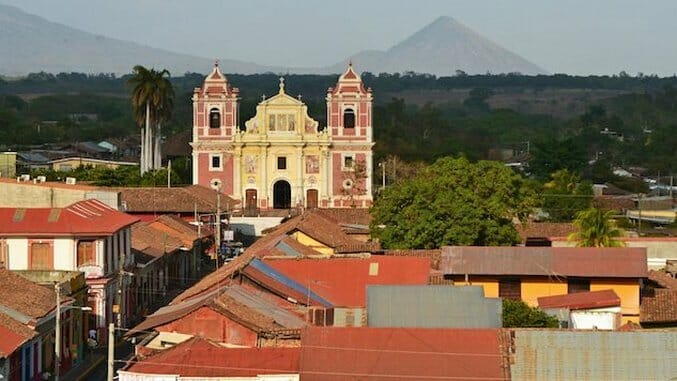Checklist Granada, Spain: Alhambra and All
Photo by emperorcosar/Shutterstock
Home to the world famous Alhambra Palace, visitors to Granada often overlook the city itself. While there’s no doubt that the expansive Alhambra Palace is worth a visit, Granada as a destination should also be explored. The city is an amalgamation of modern Spain and its Moorish past, which is still evident in the layout of the city’s winding streets and medieval architecture. Don’t worry: Granada has plenty of modern attractions as well. Whether you’re looking for history, culture, entertainment or cuisine, this handy guide will help you explore all the city has to offer.
1. The Alhambra
The Alhambra is the starting point—or even the point—of most trips to Granada. It was first referenced in the ninth century as a fortress. Following the decline of Moorish rule in Spain, in 1492 it became the official residence of Christian kings and queens—Ferdinand and Isabella probably the most famous of these—before falling into disuse. With several sprawling sections that include the royal complex, Hall of the Ambassadors and Generalife, you could easily spend an entire day here. The grounds are even lit up at night for nighttime tours of the complex.
2. The Albayzin
Just outside the Alhambra you’ll find the Albayzin, a neighborhood that maintains its medieval Moorish layout. After you’ve lost yourself in the maze of narrow and winding streets, head to the House of Masks, a building that used to be the residence of 17th century poet Pedro Soto de Rojas. Take a break for some tapas at Taberna 22, which features glorious views of the Alhambra in the distance. Before leaving, visit the Ziri Wall, one of the oldest walls in the city that dates back to the 11th century.
3. The Sacromonte Neighborhood
Now head to the Sacromonte neighborhood and make your way down the main thoroughfare of Camino del Sacromonte, which features an array of bars and restaurants. Stop for a bite to eat at Casa Juanillo, which features traditional Mediterranean and Spanish fare.
Set aside time to explore what the Sacromonte neighborhood is known for—its caves. Check out the myriad cave dwellings that date back to the 16th century, when they served as the homes to many of Granada’s Roma population. Once you’ve explored the white washed cave dwellings, head to the Sacromonte’s Interpretation Center, an open air folk museum that features exhibits about Roma culture and Sacromonte’s geology